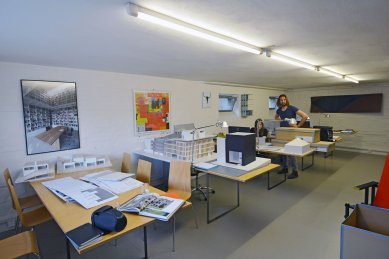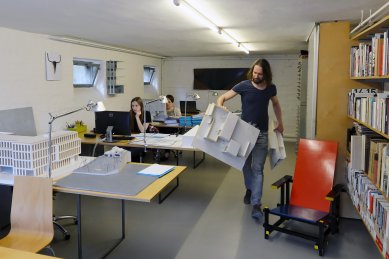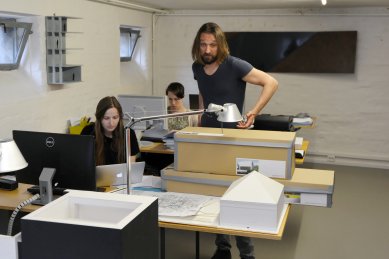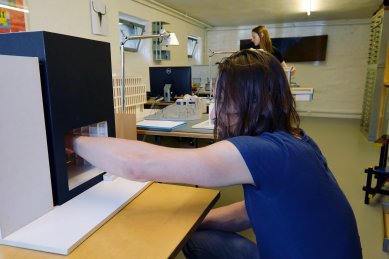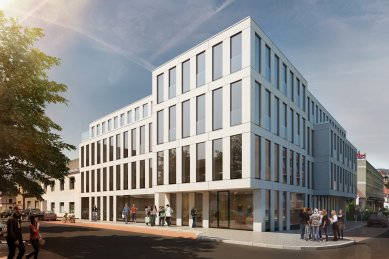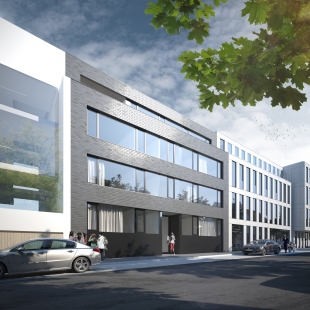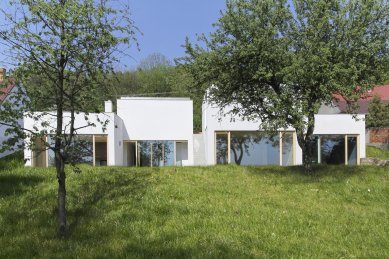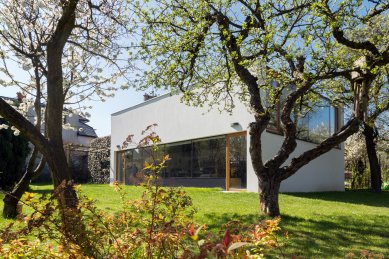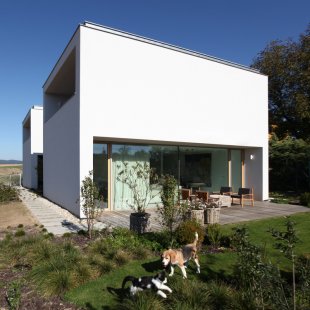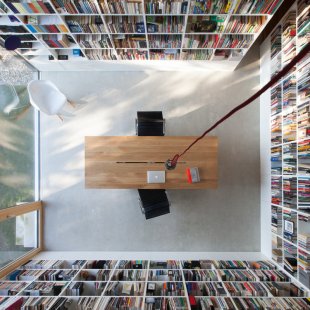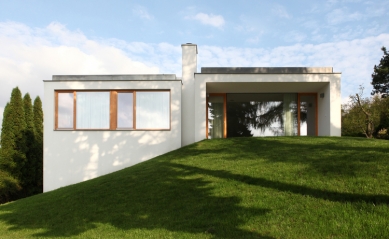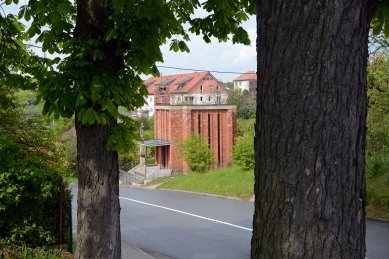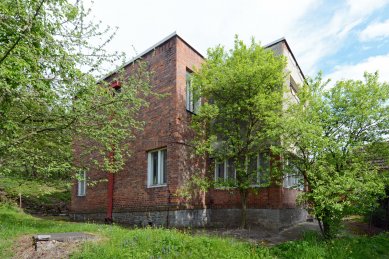The story of Baťa's Zlín is the most brilliant testament to the entrepreneurial success of the First Republic. The city will leave a deep imprint on you, even if you do not want to admit it. Baťa always invited the best architects of his time to his projects. After the Second World War, quality architecture thrived in Zlín, primarily thanks to Zdeněk Plesník, whose work met the strictest criteria set for Czech architecture of the twentieth century. In the first half of the 1970s, architect Zdeněk Chládek met Zdeněk Plesník at the Gottwaldov Centroprojekt, who also cared about the fate of the Zlín heritage zone. His son, architect Pavel Chládek (*1979), ultimately took a similar path, who, after studying at the Faculty of Architecture VUT in Brno (1997–2003), considered whether to return to the Czech Republic during his internship at the Amsterdam office Schotman Architectenburo (2001–02). He eventually settled in his hometown, where he has been running his own studio Chládek Architekti for the past fifteen years.



